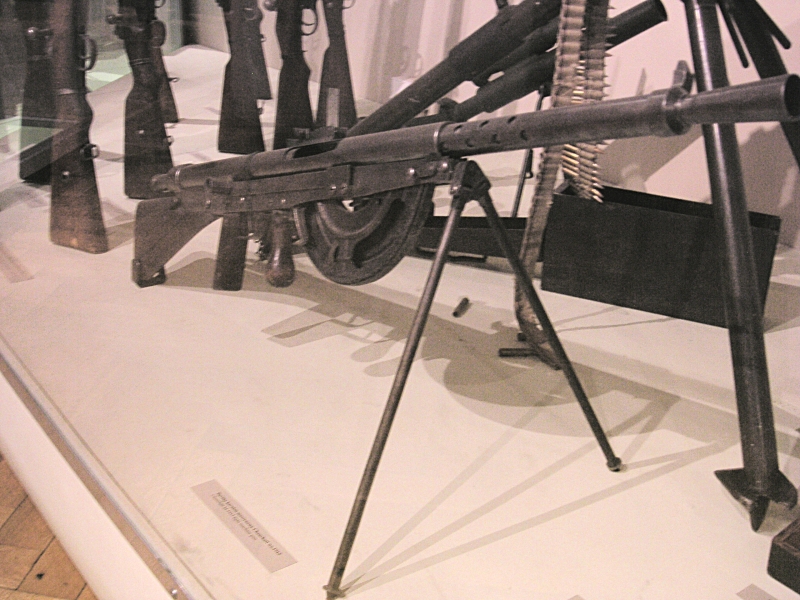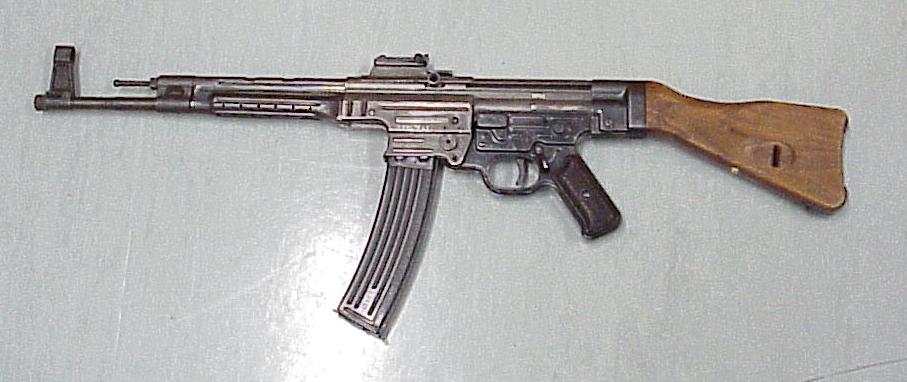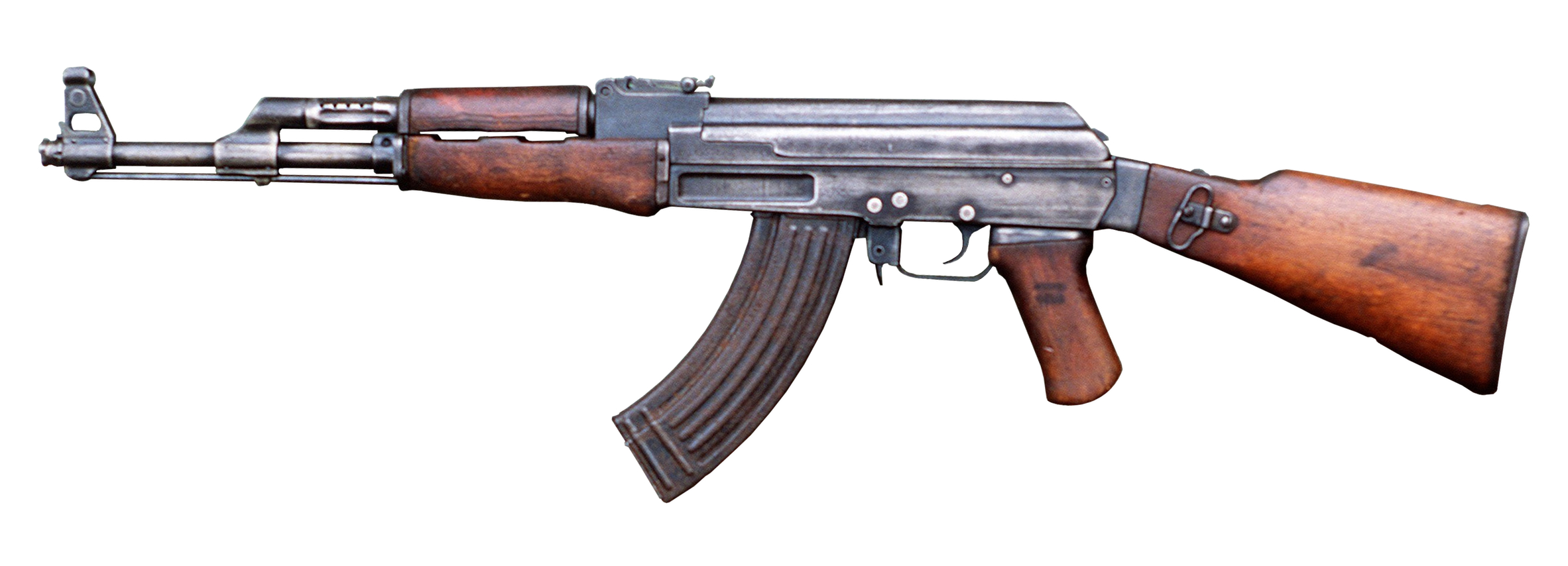The Chauchat was a light machine gun used mainly by the French Army. It was a piece of crap.

Therefore it was replaced with fusil mitrailleur modèle 1924 M29 (FM 24/29)

...which is nothing else but a crappy version of the American B.A.R
The Fedorov Avtomat is considered to be an early predecessor to the modern assault rifle. Since production of a new cartridge was not feasible, the decision was made to convert 6.5 mm Fedorov rifles to use the similar Japanese 6.5x50mm Arisaka ammunition (bullet weighting 9.0 grams at an initial velocity of 660 m/s with a muzzle energy of 1,960 J). The ammunition was also produced in Great Britain, which had purchased Arisaka rifles for the Royal Navy during World War I. The fixed magazine was replaced by a detachable, curved 25-round box magazine.

Germany, like other countries, had observed and studied the emerging demand of infantry rifles evolving since World War I, and their factories made a variety of non-standard cartridges, therefore having less incentive to retain their existing calibers. The 7.92x30 mm (Kurz) cartridge was an example of these experiments; in 1941, it was improved to 7.92x33mm Kurz Infanterie Kurz Patrone ("Infantry Short Cartridge"). In 1942, it was again improved as Maschinenkarabiner Patrone S, and in 1943, Pistolen Patrone 43mE; then, finally, Infanterie Kurz Patrone 43. The similarity in size between the 7.92x33mm German cartridge and the 7.62x33mm developed for the M1 Carbine is a curious coincidence, but was ultimately nothing more than independent yet similar solutions to the same problem. The 7.92x33mm round used the same cartridge case head as the standard 7.92x57mm Mauser and the bullet was made from the same diameter rod.
In 1942, Walther presented the Maschinenkarabiner ("automatic carbine," abbr. MKb), named MKb42(W). In the same year, Haenel presented the MKb42(H), designed by Hugo Schmeisser as a result of this program. Rheinmetall-Borsig (some said Krieghoff) presented its FG42 (Fallschirmjäger Gewehr 42, sponsored by Hermann Göring) though this was in a different role, and using a heavy 7.92x57mm Mauser cartridge, which was not an intermediate round. Wartime tests in Russia indicated the MKb42(H) performed better than the other two. Schmeisser developed it first as the MP43, then MP43/1, and finally as the MP44/Sturmgewehr 44 (abbreviated StG44, or sometimes Stg 44).

Mauser had developed several prototype Sturmgewehr 45 assault rifles, first with the Gerät 06 (Device 6) using a roller-delayed blowback mechanism originally adapted from the roller-locked recoil operation of the MG42 machine gun but with a fixed barrel and gas system. It was realized that with careful attention to the mechanical ratios, the gas system could be omitted. The resultant weapon, the Gerät 06(H) was supposedly slated for adoption by the Wehrmacht as the StG45.

Following the end of the war in 1947, Mikhail Kalashnikov developed the AK-47, inspired by the concept and layout of the German StG44, but is quite different mechanically. It fired the 7.62x39mm cartridge, which had been developed as model 43 for use in their SKS carbines that were developed by Simonov in 1945 and subsequently adopted as the SKS-45 . The round was similar to the StG44's in that the bullet was an intermediate round of the same caliber than the larger, full-size Russian rifle ammunition.
Though it further supports claims that Kalashnikov closely followed his German counterpart, Russian historians point out that Hugo Schmeisser arrived to Izhevsk in late 1947, while Kalashnikov had relocated development of his rifle to the same premises only as late as 1948 (the development itself began in 1943). Still, Schmeisser greatly helped Soviet gunsmiths to master the cold stamping technology, which was extensively used in the AK design (this especially relates to the later stamped receiver variant)




